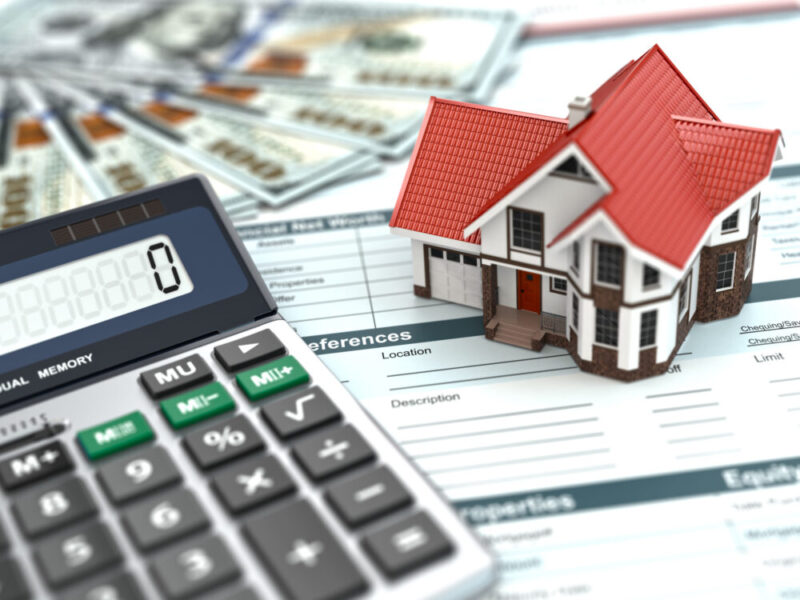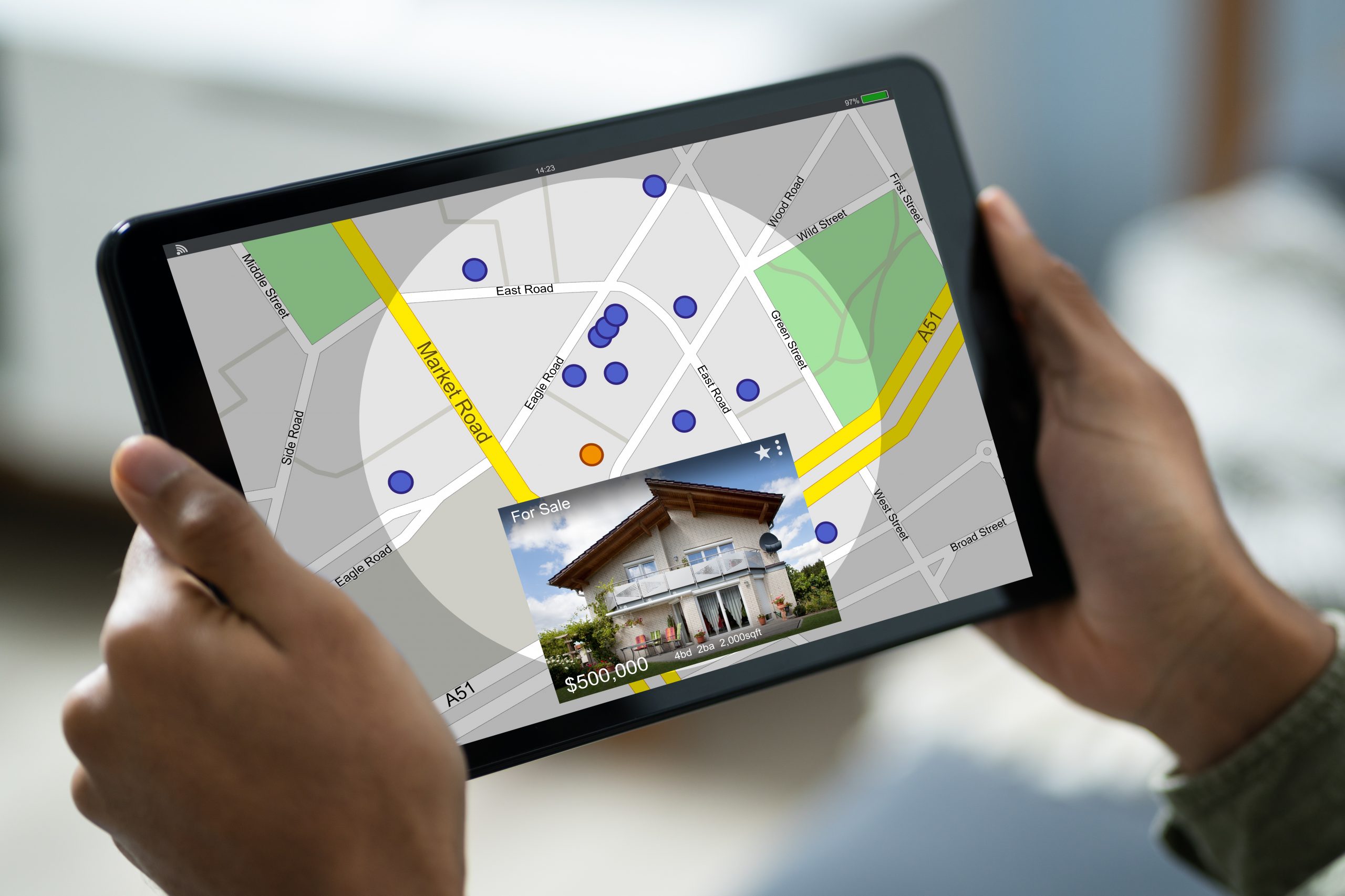With mortgage rates still hovering around all-time lows, it might be a good time to consider refinancing your mortgage to snag a lower rate. Refinancing can reduce your monthly payment and total interest costs. Even if your home loan is as recent as last year, it still may be worth replacing. Here are 4 signs it’s time to refinance!
Your current rate is over 4%
Freddie Mac’s weekly survey revealed that last month’s average rate for a 30-year mortgage was holding at 3.29%. Last year, the typical rate was falling around 4.1% for the same 30-year mortgage. A study recently done by LendingTree has discovered that borrowers that refinanced a home loan taken out in early 2019 can save $60 a month for every $100,000 borrowed. Over the life of the loan that added up to almost $20,000 in interest savings!
Your credit is in good shape
It is no secret that the better your credit score, the better chance you have on landing a low interest rate. Credit scores can range anywhere between 300 to 850 with 800 and higher considered “exceptional” and 740-799 considered “very good.” If your credit score falls in the exceptional or very good range, you are in a better position to refinance and get a lower rate.
However, if your credit score could use some improvement, here are some quick tips:
- Pay off credit card debt and lower your credit utilization (this is the percentage of available credit you’re using).
- Don’t close old credit cards you’re not using. As long as you’re not being charged annual fees, this can help lower your credit utilization which will in turn raise your credit score!
- Check for errors on your credit reports. If any errors are found, alert the credit bureau so that the issue can be resolved and removed from your reports.
Cash out your equity
A cash out refinance may be right for you if you are ready to cash out on built up equity on the home. Homeowners choose to cash out in order to pay for education, additional home improvements, eliminate other debt, or start a new business. However, if you choose a cash-out refinance it is important that you can keep up with the payments in the event the home improvements do not add value, or the new business fails.
You plan to stay in your home for a long time
Due to closing costs, it can take months or in some cases years to break even and begin the actual savings. If you are moving or selling soon, refinancing may not be a great idea. But if you plan to stay in your home, a refinance can truly save you money in the long run.
Get in touch with a Loan Officer today to find out if refinancing is right for you!
Source: https://finance.yahoo.com/news/5-signs-refinance-mortgage-now-182906584.html



